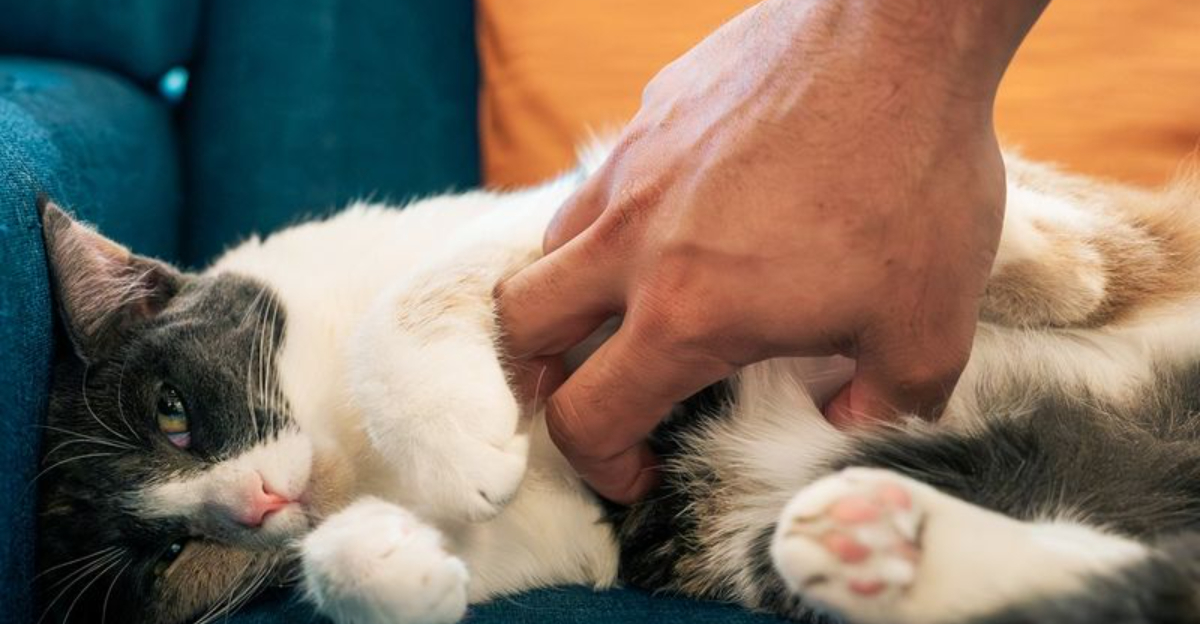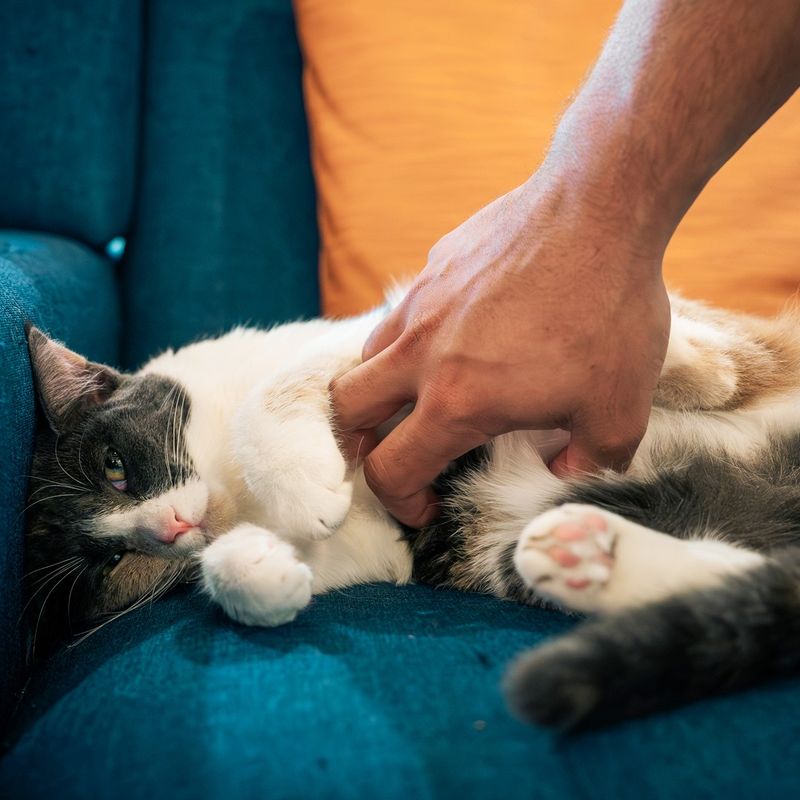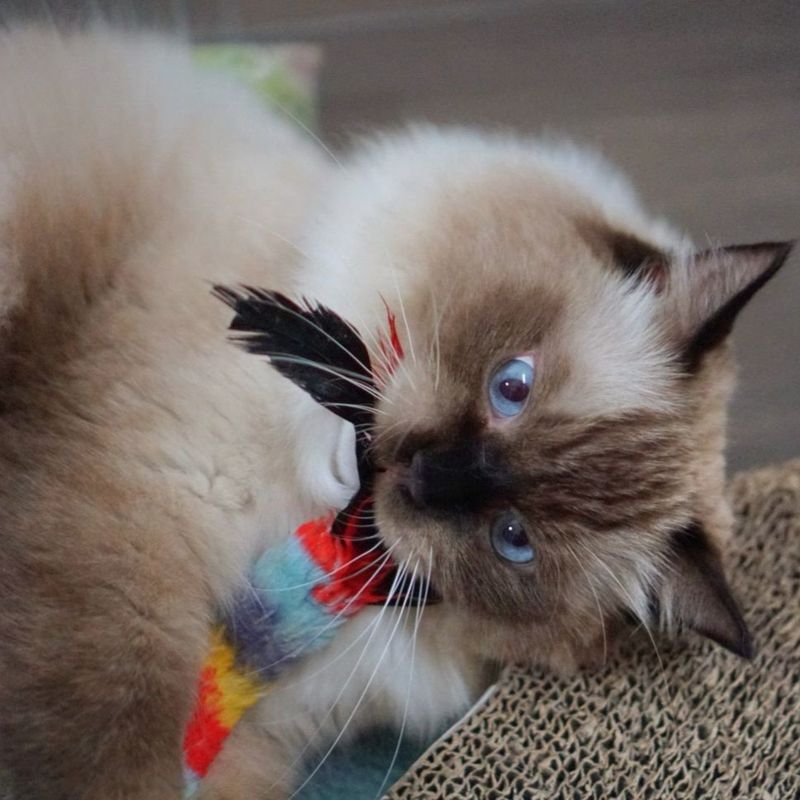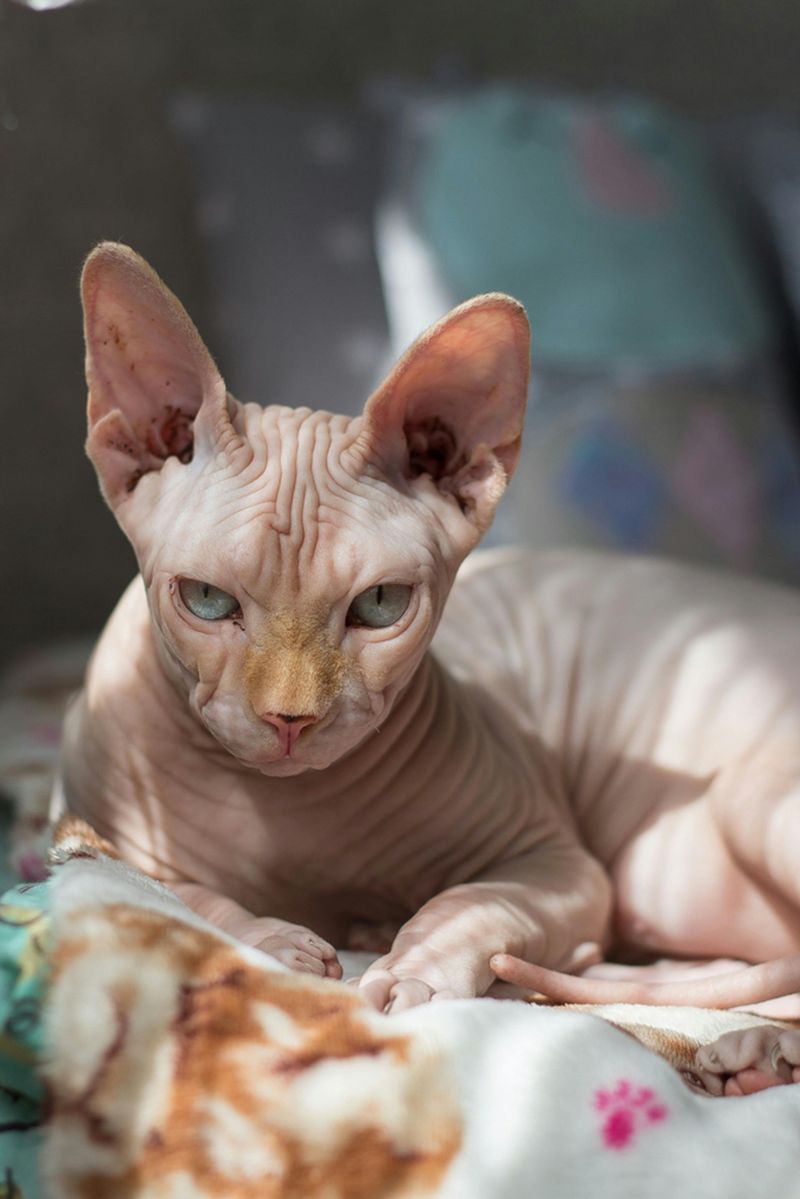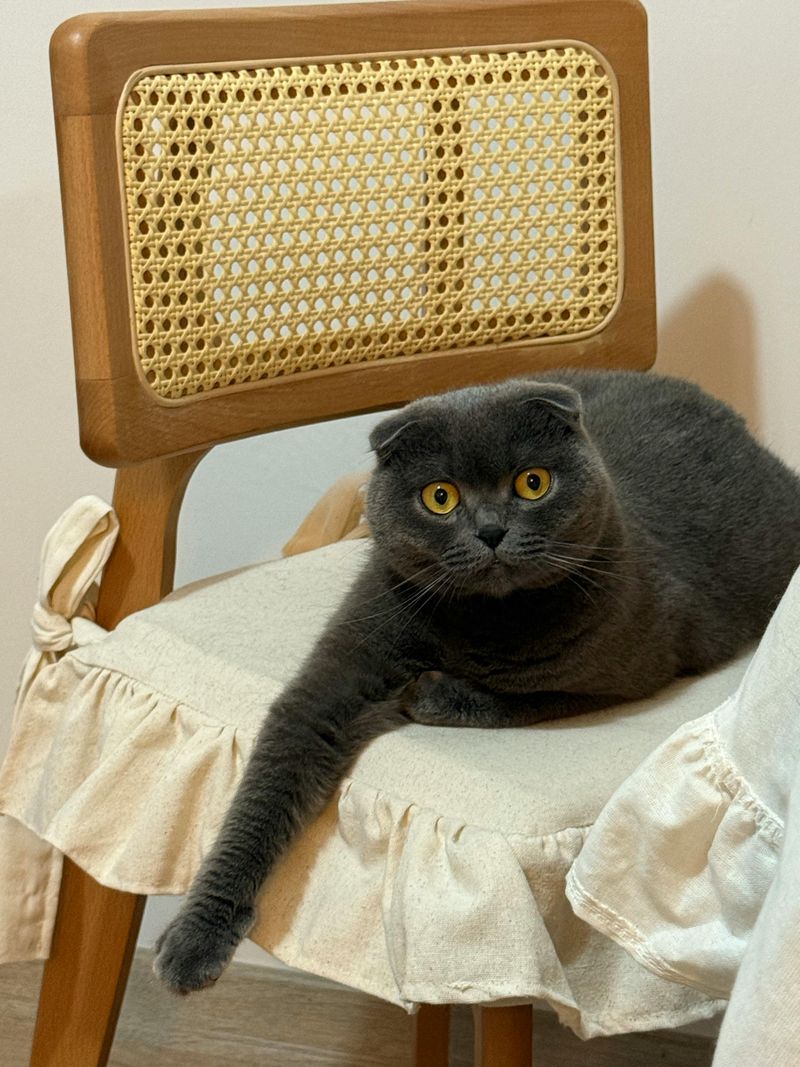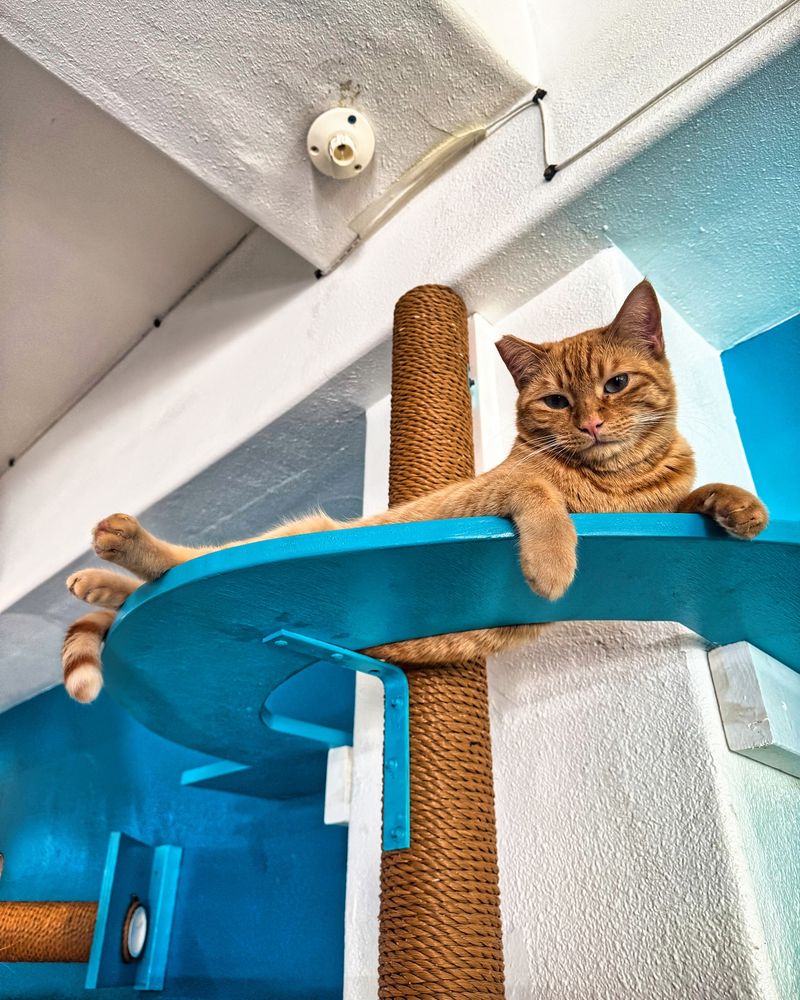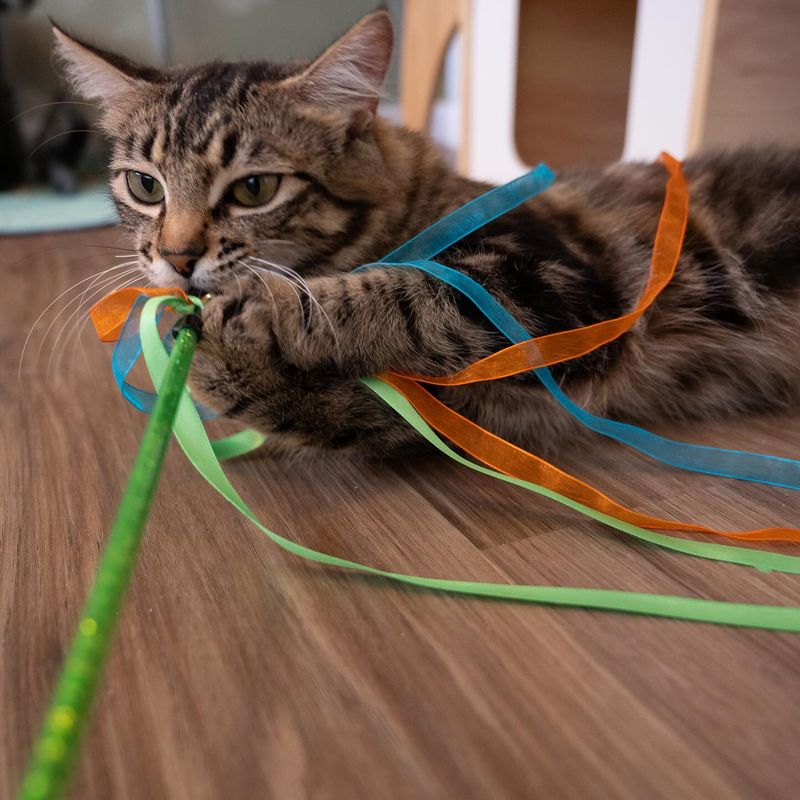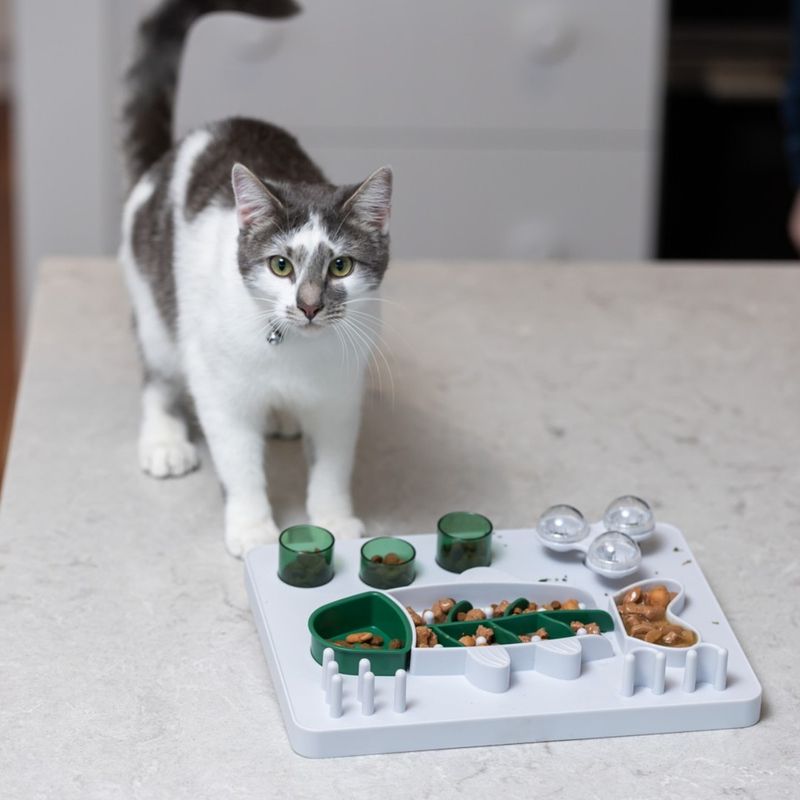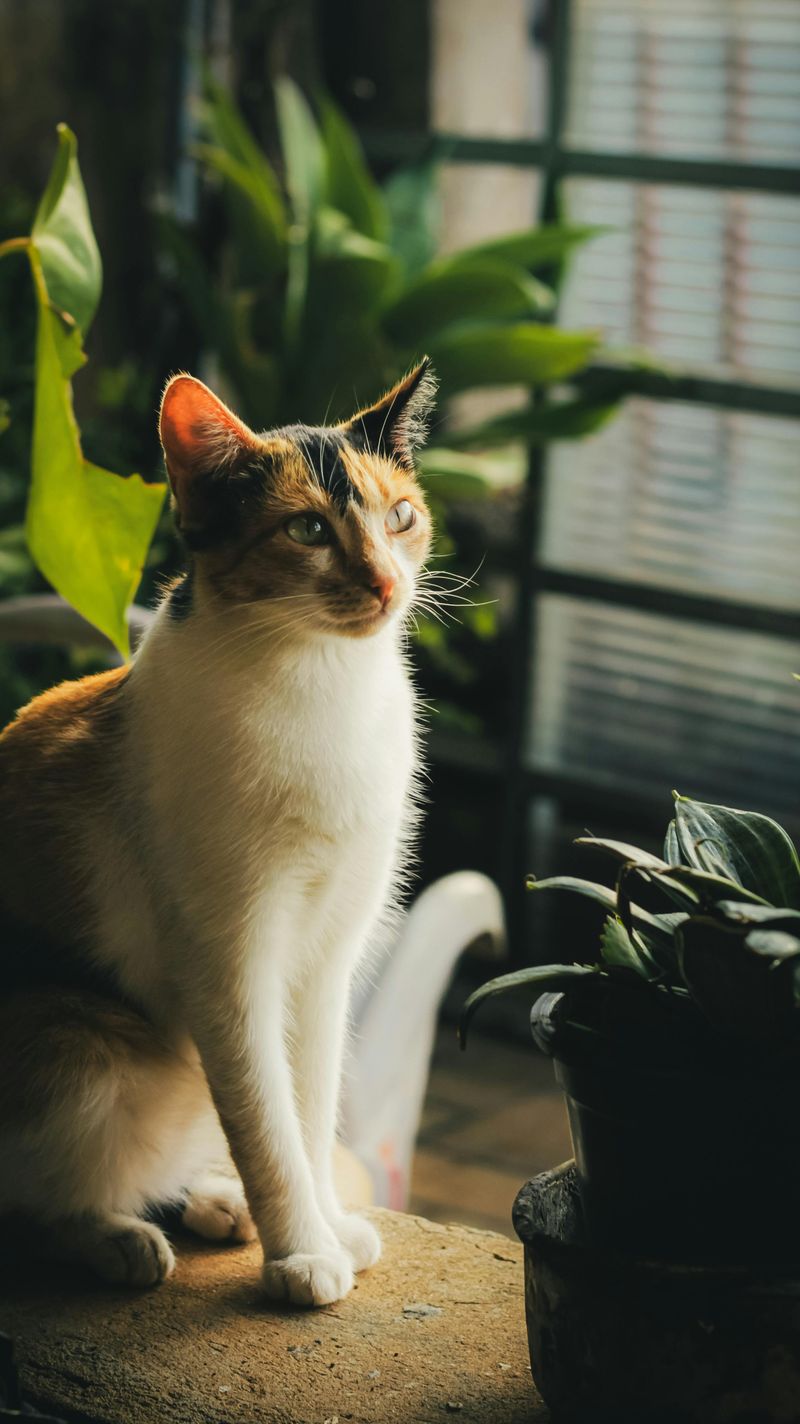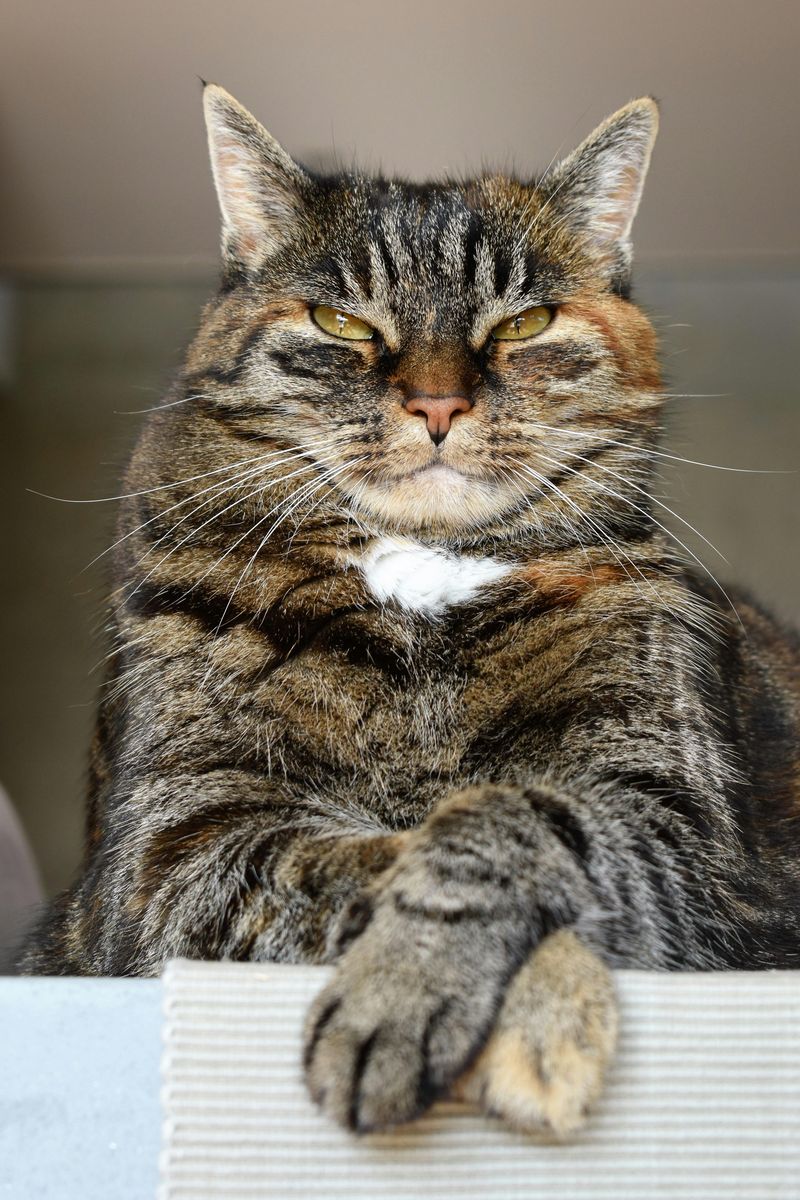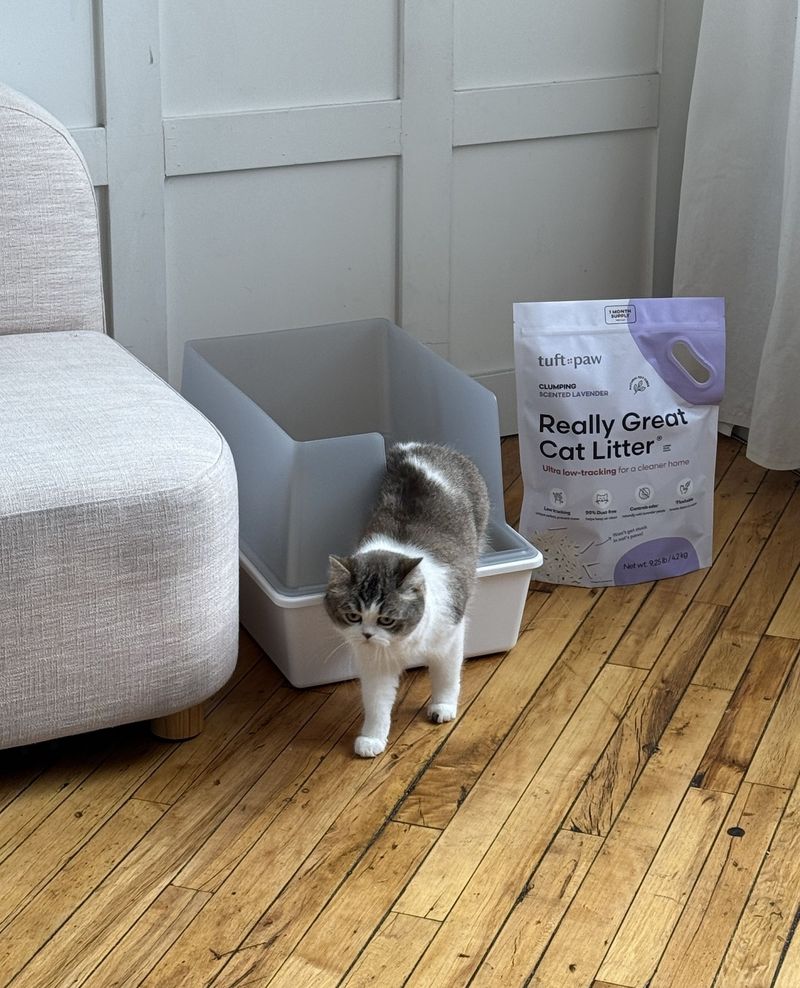📖 Table of Content:
- 1. Issue: Forced Cuddles When Cats Show Discomfort
- 2. Issue: Punishment-Based Training Methods
- 3. Issue: Rough Play With Hands And Feet
- 4. Issue: Inconsistent Daily Routines
- 5. Issue: Ignoring Environmental Stressors
- 6. Solution: Create Vertical Spaces For Security
- 7. Solution: Establish Interactive Play Sessions
- 8. Solution: Provide Enrichment Through Foraging
- 9. Solution: Respect The Power Of Scent
- 10. Solution: Create Predictable Daily Routines
- 11. Solution: Provide Multiple Resource Stations
You love your cat, but sometimes, their behavior makes you question whether the feeling is mutual. One minute they’re purring in your lap, and the next they’re swatting your hand or storming off in a huff. It’s tempting to label your cat as “grumpy” or “mean,” but in reality, many feline aggression issues are rooted in our own behavior.
That’s right—the way we interact with our cats can either build trust or trigger fear. And often, what we see as “random” outbursts or “bad” behavior are actually stress responses to things we do without even realizing it.
But here’s the good news: once you understand the real reasons behind your cat’s aggression, you can take simple, science-backed steps to turn tension into trust. Whether you’re dealing with a scratch-happy kitten, a standoffish adult cat, or a once-affectionate feline who now flinches at your touch, this guide will walk you through the key triggers—and how to fix them.
1. Issue: Forced Cuddles When Cats Show Discomfort
Cats communicate boundaries through body language. When your cat flattens ears, twitches its tail, or stiffens up, these are warning signs that unwanted touching is causing stress.
Many owners misinterpret resistance as playing hard-to-get, continuing to hold or pet cats against their will. This teaches cats that humans ignore their signals, leading to more extreme responses like scratching or biting.
Instead, respect when your cat walks away or shows discomfort. Allowing cats to control physical interaction builds trust rather than fear. Remember: consent matters to cats just as much as it does to people!
2. Issue: Punishment-Based Training Methods
Spraying water bottles, loud noises, or physical discipline creates fear rather than understanding in cats. These tactics might stop behavior momentarily, but build a foundation of anxiety and mistrust in your relationship.
Cats rarely connect punishment with their actions. Instead, they associate the unpleasant experience with you! This damages your bond and can actually increase aggressive behaviors as defensive mechanisms.
Cats don’t respond to negative reinforcement the way humans might. Their brains aren’t wired to understand cause-and-effect discipline, especially when punishment occurs even seconds after the unwanted behavior.
3. Issue: Rough Play With Hands And Feet
Wrestling with your kitten using bare hands might seem adorable initially. Those tiny teeth and claws barely hurt! But this playful habit teaches cats that human body parts are appropriate targets for hunting behaviors.
As kittens grow into powerful adult cats, what was once cute becomes painful and potentially dangerous. Your cat isn’t suddenly becoming aggressive—they’re playing exactly how you taught them!
Cats don’t distinguish between play aggression and real aggression when it comes to hands and feet. Once this pattern is established, it’s challenging to undo, requiring consistent retraining and patience to correct the behavior you accidentally encouraged.
4. Issue: Inconsistent Daily Routines
Unpredictable feeding schedules, play sessions, and household activities create anxiety in cats. These naturally routine-oriented animals thrive on knowing what comes next in their day.
When mealtimes shift randomly or play sessions disappear without warning, cats experience genuine stress. This anxiety often manifests as aggression, excessive meowing, or destructive behaviors as they attempt to cope with uncertainty.
Many owners don’t realize how deeply cats depend on consistency. Even small changes like moving furniture or bringing home guests can trigger stress responses in sensitive cats, especially those with previous trauma or abandonment histories.
5. Issue: Ignoring Environmental Stressors
Loud music, shouting, construction noise, or even strong-smelling cleaners can overwhelm a cat’s sensitive senses. Cats experience their environment primarily through smell and sound, both much more acute than human perception.
Multi-pet households create complex social dynamics that humans often miss. Your cat might act aggressively because another pet is blocking access to food, litter boxes, or favorite resting spots without your knowledge.
Limited resources or territory often trigger fear-based aggression. Cats need escape routes, hiding spots, and vertical spaces to feel secure. Without these safety zones, even minor stressors can push cats into fight-or-flight responses that appear as unprovoked aggression.
6. Solution: Create Vertical Spaces For Security
Cats naturally seek higher ground when feeling threatened or overwhelmed. Cat trees, shelves, and window perches allow your feline to monitor their territory from a position of security.
Vertical spaces serve multiple purposes in reducing aggression. They provide escape routes during tense moments, satisfy natural climbing instincts, and create personal territory in multi-pet homes. When cats feel they have safe retreat options, they’re less likely to resort to defensive aggression.
Even apartment dwellers can create vertical pathways using affordable wall-mounted shelves or repurposed furniture. The investment pays off through reduced stress behaviors and fewer conflicts between household cats competing for limited floor space.
7. Solution: Establish Interactive Play Sessions
Regular play burns excess energy that might otherwise manifest as aggression. Wand toys, laser pointers, and interactive puzzles engage hunting instincts safely, redirecting predatory behaviors away from people and pets.
Morning and evening play sessions of just 10-15 minutes can dramatically reduce problem behaviors. These times align with cats’ natural crepuscular activity peaks when they would normally hunt in the wild.
Play also strengthens your bond through positive association. Your cat learns that interactions with you bring joy rather than stress. For maximum benefit, end play sessions with a small treat or meal, mimicking the natural hunt-catch-eat sequence that satisfies your cat’s deepest instinctual needs.
8. Solution: Provide Enrichment Through Foraging
Wild cats spend hours hunting for food, yet domestic cats often eat from bowls in seconds. This creates boredom and frustration that can manifest as aggression or destructive behaviors.
Food puzzles, treat-dispensing toys, and scatter feeding engage natural hunting instincts. These enrichment tools require cats to work for their food, providing mental stimulation and physical activity that reduces stress hormones.
Start with simple puzzles and gradually increase difficulty as your cat masters each challenge. Even feeding regular meals in puzzle feeders or hiding small portions around your home creates a more natural eating pattern that satisfies both body and mind.
9. Solution: Respect The Power Of Scent
Cats navigate their world primarily through smell, making scent an essential tool for behavior modification. Pheromone diffusers like Feliway mimic natural calming signals, reducing territorial stress and anxiety-driven aggression.
Avoid harsh cleaners that destroy familiar scents or create overwhelming chemical odors. When introducing new items, allow your cat to investigate at their own pace, gradually incorporating their scent through gentle face rubbing or placement near sleeping areas.
Catnip and silver vine offer natural mood enhancement for many cats. These herbs can redirect aggression into playful rolling and rubbing, though effects vary between individuals—about 30% of cats don’t respond to catnip at all.
10. Solution: Create Predictable Daily Routines
Consistency builds security in cats’ minds. Regular feeding times, play sessions, and even predictable human activities help cats feel safe in their environment, reducing anxiety-triggered aggression.
Morning and evening routines are particularly important since they frame your cat’s day. Try to maintain similar waking times, feeding schedules, and bedtime rituals even on weekends when possible.
When changes must occur, introduce them gradually. For example, if you’re switching feeding times, adjust by 15-minute increments over several days rather than making sudden shifts. This thoughtful approach prevents the stress that often manifests as aggression or destructive behaviors.
11. Solution: Provide Multiple Resource Stations
Competition for resources triggers many aggressive encounters, especially in multi-cat homes. The basic formula is one litter box, food station, and water dish per cat, plus one extra of each spread throughout your home.
Strategic placement matters tremendously. Position resources so cats don’t feel cornered while using them and can’t ambush each other during approaches. Avoid placing food near litter boxes, as cats naturally avoid eating near elimination areas.
Even in single-cat households, multiple resource stations reduce stress by offering choices. When cats feel resources are abundant rather than scarce, they experience less anxiety and exhibit fewer territorial behaviors like spraying, hissing, or resource guarding.
